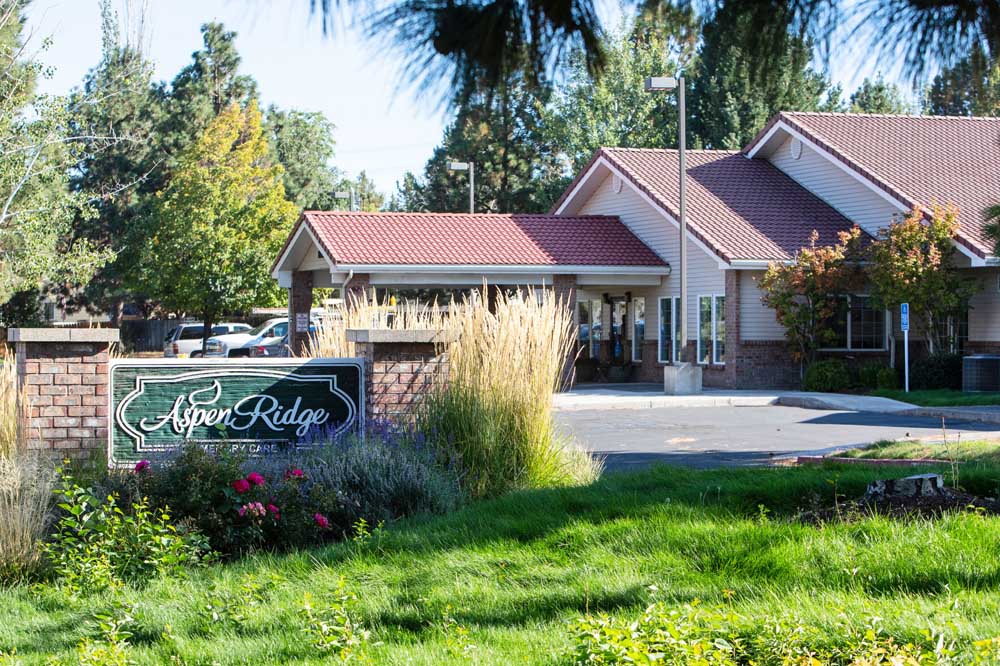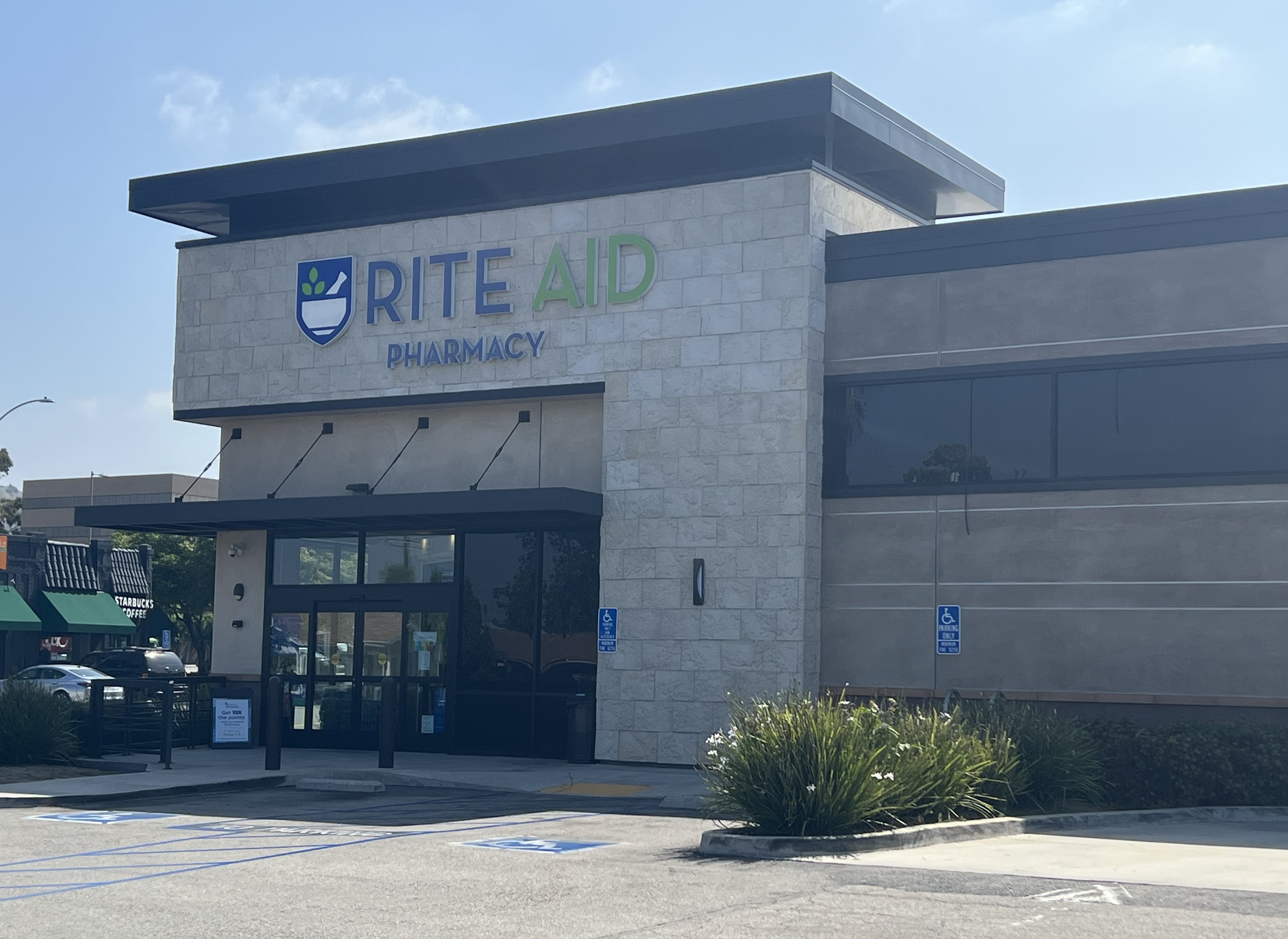Central Oregon grapples with rising costs due to record inflation
Published 5:05 am Thursday, June 30, 2022

- Stock image
There’s no doubt that goods and services are costing more in Central Oregon.
The inflation rate today is the highest it’s been in 40 years, forcing residents to balance needs and wants when trying to stretch paychecks. At this rate, everything is costing more than income can grow.
The cost of consumer goods, including gas and food prices, rose 8.6% in May, compared to the same time a year before. That increase can be felt at the pump, the pantry and going out to eat, said Josh Lehner, Oregon Office of Economic Analysis economist.
Some in business predict the economy is headed for a mild recession, but nothing like what occurred following the financial crisis in 2007.
The pandemic posed an unprecedented financial situation as businesses were shuttered to slow the spread of the COVID-19 virus, forcing millions out of work. What was a record period of sustained economic growth before the pandemic, ground to a halt in March 2020 as the pandemic whipped through communities.
Today, unemployment is back to pre-pandemic levels and wages have increased by 17% for many Oregonians since the start of the pandemic. But inflation is taking a chunk out of those raises, dropping income by 12%, Lehner said.
In Central Oregon, and elsewhere, that has led to an overheated economy and rising prices.
“The million dollar question is how will we feel it,” Lehner said. “The economy is booming. Inflation is a factor and the fall out from the fast recovery we underwent.”
Typically goods and services prices rise about 2% a year, according to the personal consumption expenditure index used by the Federal Reserve.
“Every asset class goes through periods of rising prices,” said Todd Laurence, Oregon State University-Cascades adjunct lecturer of business. “The question is if it’s a lot or a little bubble. It will flatten out, but the trend line always goes up.
“I don’t think things will go back to normal quickly. This will take a lot longer to work through the system.”
Last month, the Federal Reserve upped interest rates as a way to slow down the economy. The 0.75 % interest rate hike was the largest since 1994.
Managing the cost of money through interest rates influences the economy and affects inflation, unemployment, manufacturing and business productivity, economists say.
“The economy was running too hot — more demand than production,” Laurence said. “Now it will run slower and produce a soft landing, pushing us to a mild recession.”
Driving inflation are three key components, said Lehner. One is supply constraints, like the semiconductor shortage that drove up car prices early in the pandemic, and Russia’s invasion in Ukraine. Neither can be controlled, but both affect inflation, Lehner said.
And then there’s the excess demand spurred on by stimulus money and a bull market pushing up stock market earnings. Both prompted more spending.
“The outlook for inflation is that it should be improving,” Lehner said. “As this rate of inflation has accelerated, it ate away at the growth in wages and it’s still eroding. Now everything feels worse.”
Today, The Bulletin launches a series looking at the effects of inflation in Central Oregon
Today’s report includes articles on how a family, a retired couple and a single professional woman are coping with rising costs. On Friday we’ll talk about how inflation is affecting the housing market in Central Oregon. On Saturday we’ll examine how inflation is affecting the daycare industry and on Sunday we’ll look at summer tourism and when we might expect the current economic climate to go back to normal.
Last week, The Bulletin surveyed readers about how they’re experiencing rising prices. Survey takers responded with the parts of the budget that are hitting them the hardest:
1. Gas and diesel
2. Food and groceries
3. Housing and rent
4. Taxes
5. Other items: Construction materials, labor, fertilizer, air travel






